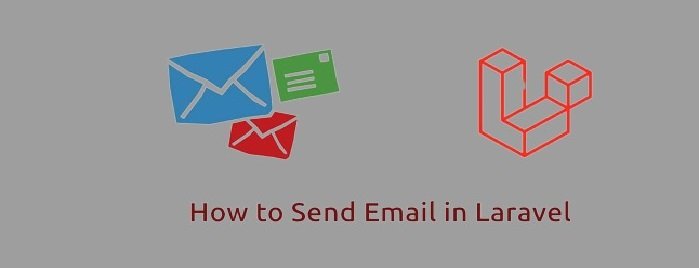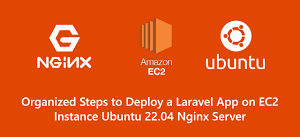Top Laravel Interview Questions
What is Laravel?
Laravel is free to use, open-source web framework based on PHP. It is developed by Taylor Otwell . It supports the MVC (Model-View-Controller) architectural pattern. Laravel provides an expressive and elegant syntax, which is useful for creating a wonderful web application easily and quickly. The first version of Laravel was released on 9th June 2011 .
As of SitePoint survey in March 2015, Laravel was voted as one of the most popular PHP frameworks along with Symfony, Nette, CodeIgniter, and Yii2 .
What do you understand by Eloquent ORM?
Eloquent ORM (Object-Relational Mapping) is one of the main features of the Laravel framework. It may be defined as an advanced PHP implementation of the active record pattern.
Active record pattern is an architectural pattern which is found in software. It is responsible for keeping in-memory object data in relational databases
Eloquent ORM is also responsible for providing the internal methods at the same time when enforcing constraints on the relationship between database objects. Eloquent ORM represents database tables as classes, with their object instances tied to single table rows, while following the active record pattern.
What is Query Builder in Laravel?
Laravel’s Query Builder provides more direct access to the database, alternative to the Eloquent ORM. It doesn’t require SQL queries to be written directly. Instead, it offers a set of classes and methods which are capable of building queries programmatically. It also allows specific caching of the results of the executed queries.
Some of the methods that Query Builder provides are:
- count()
- max()
- min()
- avg()
- sum()
What is routing?
All Laravel routes are defined in route files, which are stored in the routes directory. These files are loaded by the MVC framework. The routes/web.php files define routes that are available for the web interface. Those routes are allotted as the web middleware group, which provide features such as session state and CSRF protection. The routes available in routes/api.php are stateless and are allotted as the API middleware group. For most of the applications, one should start by defining routes in routes/web.php file.
What do you understand by Reverse routing?
Reverse routing in Laravel is used to generate the URL based on name or symbol. It defines a relationship between the links and, Laravel routes, and it is possible to make later changes to the routes to be automatically propagated into relevant links. When the links are generated using names of existing routes, the appropriate uniform resource identifiers (URIs) are automatically generated by Laravel. Reverse routing provides flexibility to the application and helps the developer to write cleaner codes.
Route Declaration:
- Route::get(‘login’, ‘users@login’);
A link can be created to it using reverse routing, which can be further transferred in any parameter that we have defined. If optional parameters are not supplied, they are removed automatically from the generated links.
- {{ HTML::link_to_action(‘users@login’) }}
By using it, a URL like https://abc.go.com/loginwill be created automatically.
What is a composer, and how can we install Laravel by the composer?
A composer is a dependency manager in PHP. It manages the dependencies which are required for a project. It means that the composer will pull in all the necessary libraries, dependencies, and manage all at a single place.
Laravel Installation Steps:
- If you don’t have a composer on a system, download composer from https://getcomposer.org/download/
- Open command prompt
- Go to htdocs folder
- Run the below command under C:\xampp\htdocs>




